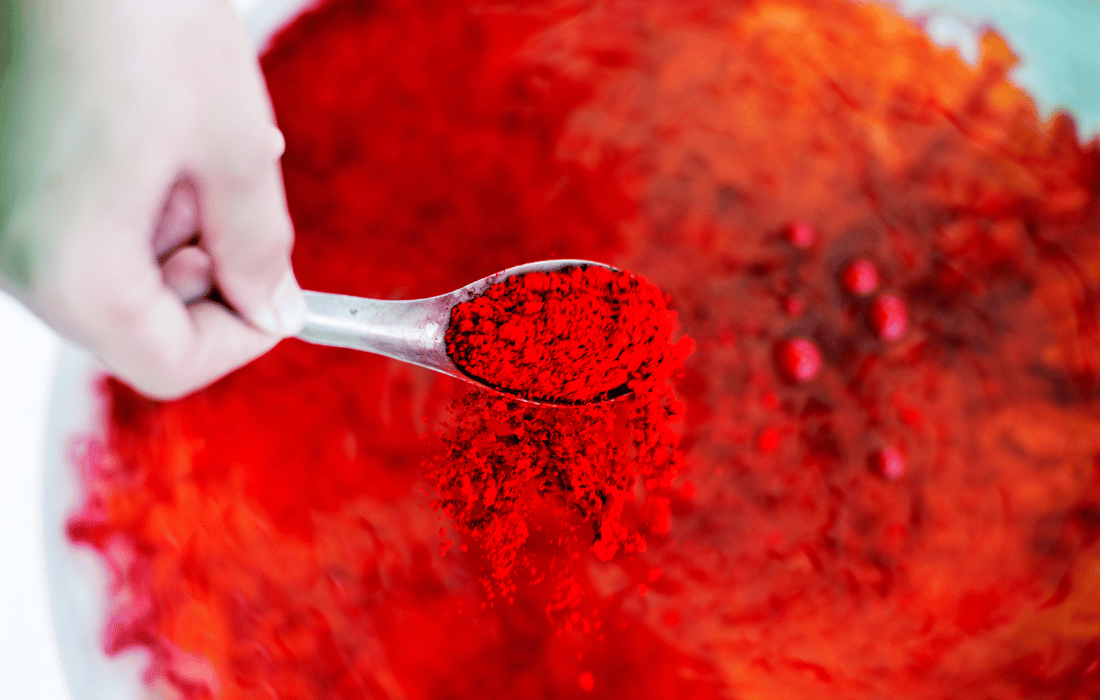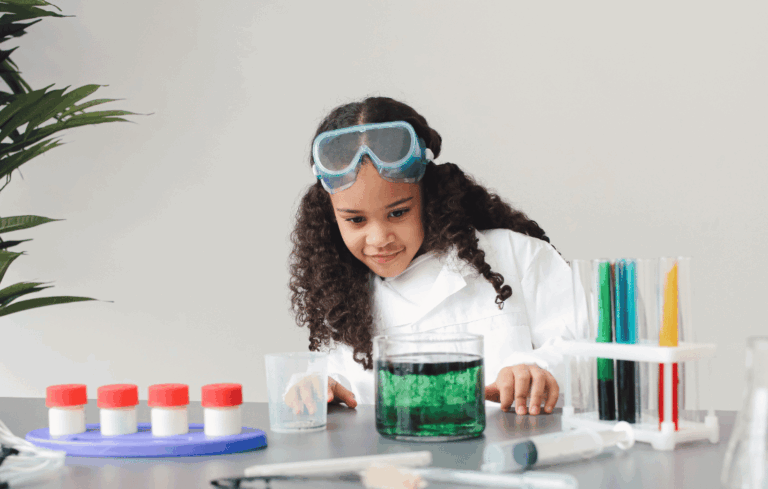The United States has a habit of delaying necessary reforms, especially when it comes to food safety. The recent FDA decision to ban Red Dye No. 3 in foods and ingested drugs is a perfect example. This is the same synthetic dye that was deemed a carcinogen and removed from cosmetics in 1990. So why did it take over three decades to address its presence in food? And what about the other dyes that remain in our snacks and drinks? Let’s explore the troubling history of Red 3, its health impacts, and why this ban is just the beginning.
The Troubling History of Red 3
Red Dye No. 3, or erythrosine, has been used in the U.S. since the early 1900s. Derived from petrochemicals—the same crude oil products used to make gasoline and plastics—it’s a stark reminder of how toxic substances creep into our food supply under the guise of adding color and appeal. The fact that we’ve been consuming something derived from oil, a product we associate with car engines, should give anyone pause.
By the 1980s, studies began to reveal Red 3’s dark side. Research linked the dye to thyroid tumors in male rats. This led the FDA to ban its use in cosmetics in 1990 under the Delaney Clause, which prohibits carcinogenic additives. However, lobbying from the food industry ensured that Red 3 stayed in edible products, despite the clear health risks. For over 30 years, Americans have been unknowingly consuming this dangerous compound.
Red 3 in Cancer Patient Drinks: The Cruel Irony
One of the most egregious uses of Red 3 is in nutritional supplements like Ensure, which are often served to cancer patients. Yes, the very people fighting for their lives against cancer are being given products containing a dye linked to the disease. Ensure, marketed as a “complete nutritional drink,” uses synthetic dyes to give it an appealing color. But what does this color add to its nutritional value? Nothing.
The cruel irony is hard to ignore. Imagine being in a hospital, undergoing treatment for cancer, and being served a product with a known carcinogen. It’s a glaring example of how broken our healthcare and regulatory systems can be. The presence of Red 3 in such products highlights the lack of oversight in what is marketed as “nutrition” and underscores how far we still have to go to protect vulnerable populations.
Ensure’s reliance on synthetic dyes isn’t just a failure of the product itself—it’s a failure of the system that allows such products to be served in medical settings. If hospitals are meant to be places of healing, why are patients consuming additives that contradict that very purpose? Natural alternatives exist, but they often come at a higher cost, which companies are unwilling to bear.
Where Red 3 Hides in Everyday Products
Red 3’s vibrant hue has made it a favorite in a wide array of products. Here’s where you might find it:
Candy: From jellybeans and lollipops to candy corn, many bright candies rely on Red 3.
Baked Goods: Frosted donuts, snack cakes, and packaged cookies often use this dye in their glazes and fillings.
Fruit Snacks: Children’s gummy snacks are a common hiding place for Red 3.
Maraschino Cherries: The signature bright red of these cherries comes courtesy of this dye.
Gelatin Desserts: Flavored gelatins, particularly cherry varieties, often include Red 3.
Beverages: Powdered drink mixes and fruit punches frequently rely on it for their eye-catching color.
Medications: Some chewable vitamins and liquid medicines use Red 3 to make them more appealing, especially for children.
Hospital Supplements: Recovery drinks given to patients, including cancer patients, are sometimes dyed with Red 3.
Although the FDA has finally banned Red 3 in foods and drugs, the phase-out won’t be complete until January 2027. For the next several years, consumers will remain exposed to this carcinogenic compound. Meanwhile, manufacturers will continue to profit from products containing the dye, perpetuating a cycle of delayed action and ongoing risk.
The Health Risks of Synthetic Dyes
Artificial food dyes, many derived from petroleum, come with a host of potential health hazards. Here are some of the risks associated with synthetic dyes, including Red 3:
Red Dye No. 3
Research in the 1980s linked Red 3 to thyroid cancer in lab rats. More recent studies suggest it may disrupt thyroid function even at lower levels of exposure, interfering with the endocrine system and creating metabolic imbalances. The fact that it has taken this long for the FDA to act demonstrates a glaring gap between scientific evidence and regulatory action.
Red Dye No. 40
Another widely used dye, Red 40, has been connected to hyperactivity in children and potential mitochondrial dysfunction. A 2007 study published in The Lancet showed a direct link between artificial dyes and increased hyperactivity in children. Studies have also raised concerns about its contribution to oxidative stress.
Yellow Dye No. 5 and No. 6
Common in chips and sodas, Yellow 5 and 6 have been linked to allergic reactions, such as hives and asthma. Animal studies have also indicated a potential for tumor growth.
General Health Concerns
Synthetic dyes are known to:
Trigger chronic inflammation, which is linked to metabolic disorders like diabetes.
Contribute to neurological issues, including ADHD and anxiety.
Act as endocrine disruptors, mimicking hormones and throwing off natural balances.
The health risks don’t just impact individuals. They ripple through families, communities, and healthcare systems, burdening society with preventable illnesses caused by toxic ingredients.
Why a Ban on Red 3 Barely Scratches the Surface
While banning Red 3 is a step forward, it highlights a larger problem: other harmful synthetic dyes remain in use. The science behind the dangers of Red 40, Yellow 5, and others is equally damning, yet regulatory inertia and industry lobbying keep them on the shelves.
Other countries, such as those in the European Union, have taken a stricter approach, banning or severely restricting many synthetic dyes. Natural alternatives, like beet juice or turmeric, are widely used in these regions. Why does the U.S. lag behind?
The delay in banning Red 3 underscores the power of the food industry to resist change, even at the expense of public health. Advocacy groups and movements like Make America Healthy Again have called for broader reforms to eliminate harmful additives entirely. The FDA’s ban on Red 3 is a start, but it’s far from the systemic change we need.
How You Can Protect Yourself
You don’t have to wait for regulators to act. Here are steps you can take to reduce your exposure to synthetic dyes:
Check Labels: Avoid products that list synthetic dyes like Red 3, Red 40, or Yellow 5.
Go Organic: Certified organic products are free from synthetic dyes and use natural colorants instead.
Cook at Home: Making your own meals and snacks lets you control the ingredients.
Choose Natural Alternatives: Look for foods colored with beet juice, spirulina, or turmeric.
Support Advocacy: Push for stronger regulations by joining groups that fight for safer food policies.
The Road Ahead
The ban on Red 3 is a long-overdue step toward safer food, but it’s only a small victory. Synthetic dyes like Red 40 and Yellow 5 continue to pose risks, underscoring a broken regulatory system that prioritizes profits over health. By staying informed and making deliberate choices, consumers can help push for a cleaner, healthier future. After all, shouldn’t our food nourish us, not poison us?









